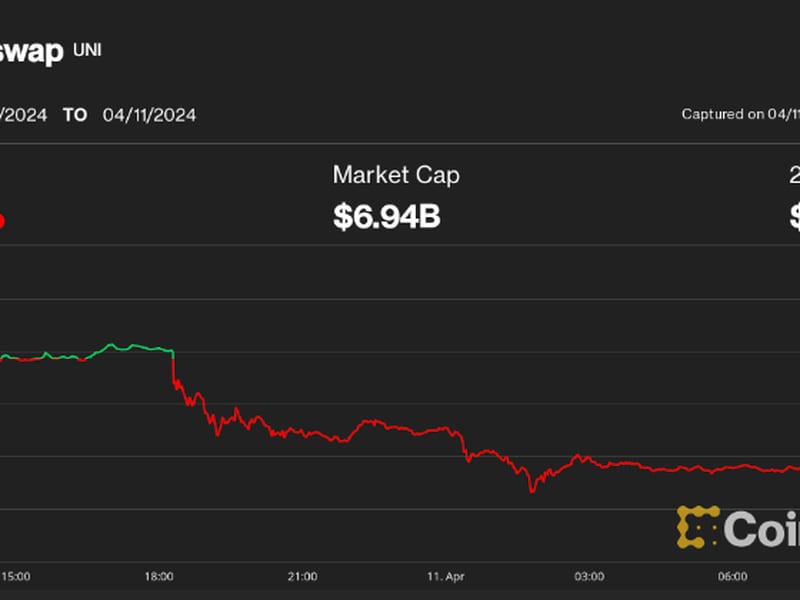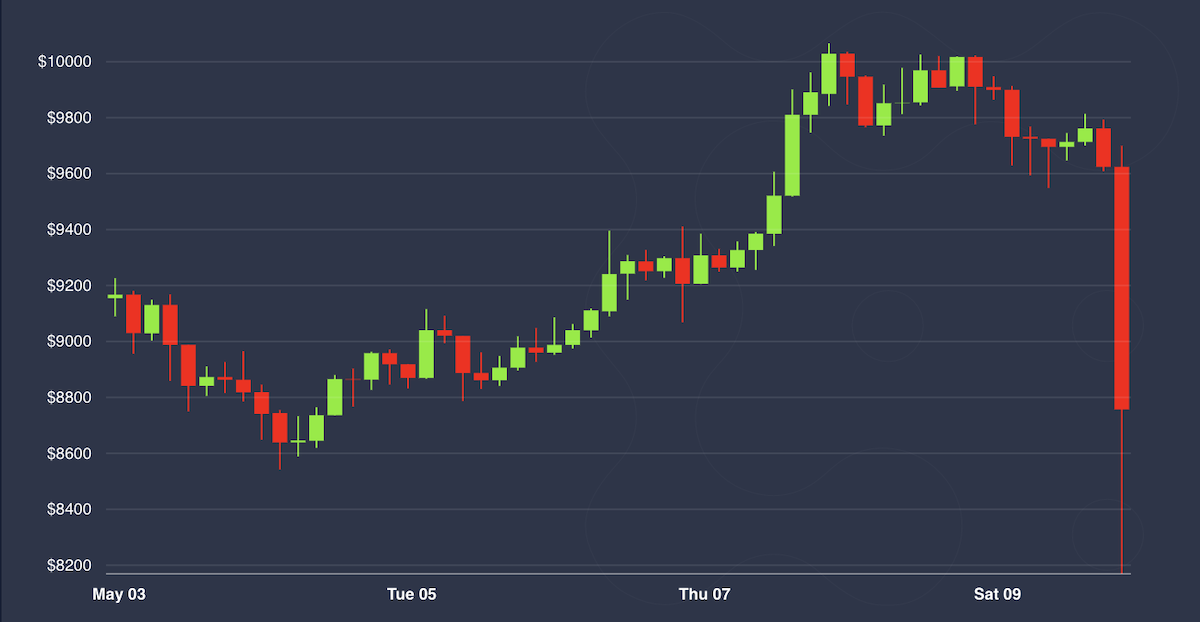The NFT Game That Makes Cents for Filipinos During COVID
A collage of people in Nueva Ecija playing Axie (Emfarsis)
The NFT Game That Makes Cents for Filipinos During COVID
Leah Callon-Butler, a CoinDesk columnist, is the director of Emfarsis, a consulting firm focused on the role of technology in advancing economic development in Asia.
In the early 1980s, anti-video game propaganda depicted zombie-like “vidiots” hypnotized by their Pac-Mans and their Space Invaders. Lured into the dank depths of the arcade, innocent teenagers were at risk of becoming addicted, flunking school to instead kill and destroy.
Fast forward to today and video games are recognized as a valuable tool to promote skills development. Microsoft’s Minecraft is used to demonstrate engineering principles and World of Warcraft has taught students about strategy and scientific concepts. Elon Musk and Mark Zuckerberg have touted the educational benefits of video games, and Brock Pierce has credited his success in bitcoin to an early start in gaming.
In the Philippines, one popular blockchain-based game is even providing pathways out of poverty and helping spread the word about novel technology. Created by Sky Mavis, a Vietnamese startup, Axie Infinity is a decentralized application (dapp) on the Ethereum blockchain where players breed, raise, battle and trade adorable digital critters called Axies.
Ijon Inton, an Axie player from Cabanatuan City, which is about 68 miles north of Manila in the province of Nueva Ecija, first learned about it in February of this year when his friend stumbled across an explainer video on YouTube. Intrigued by the “Play to Earn” element of the game, he decided to give it a go.
“At first I just want to try its legitimacy, and after a week of playing I was amazed with my first income,” said Inton, who is currently earning around 10,000 PHP ($206) per week from playing the game around the clock.
Inton soon invited his family to play, too, and after a few weeks, he also started telling his neighbors. A crypto trader since 2016, Inton helped his friends set up a Coins.ph account so they could buy their first ETH and get started. Now, there are more than 100 people in his local community playing to earn on Axie, including a 66-year-old grandmother.
It’s food on the table, it’s money for their families and it’s saving them when they cannot even leave the house.
The COVID-19 crisis, which has confined people to their homes and limited the usual opportunities to earn an income, combined with the compelling nature of the Axie game itself, has encouraged people who might not usually play with dapps to do just that.
“To a crypto investor, gaining $300 or $400 a month might not mean that much, but for these people it means the world,” said Gabby Dizon, the Filipino co-founder of mobile app development company Altitude Games. “It’s food on the table, it’s money for their families and it’s saving them when they cannot even leave the house during this pandemic.”
The game itself could be described as Pokémon meets CryptoKitties, the latter being the collectibles craze that attracted so much traffic to the Ethereum blockchain in late 2017 it brought the network to its knees.
Like CryptoKitties, Axies are non-fungible tokens (NFT) that are represented as cryptographically unique cartoon pets. They can’t be replicated, which makes them digitally scarce, and like Pokémon, they are born to battle. With their adorably plump little bodies and extraordinary features – one of mine has a chili pepper for a tail, another has half an eggshell on its head – they look like something of a fantasy-edition Mr. Potato Head.
There are a number of ways to make money with Axies. For new players, the most common method is by earning the utility token, small love potion (SLP), and selling it via a liquidity pool at the decentralized trading platform, Uniswap. Issued as a reward when Axies win battles, SLP is in demand because it’s required to get a couple of Axies in the mood to breed.
Chatting with me via Zoom, Inton explains how earning SLP became his full-time job. Before COVID-19, the plan was to move to Japan and take up a new career as a trainee butcher. This is a common story for many Filipinos. Faced with a lack of job opportunities, they are forced to leave their families and seek employment abroad.
Inton was due to fly out in May. But now, with international travel suspended, he is stranded back home in the province. Behind him, I can see his wife nursing their baby in one arm, and in the other she’s playing one-handed Axie on her mobile phone. Each day they play around 20 hours combined, taking it in shifts.
She does four hours in the afternoon and another six around midnight, while he plays in the morning for eight hours and another two before bed. Together, they can rack up around 1,500 SLP per day, while sharing the caring duties for their three children age six, four and 18 months. Currently, SLP is trading for under 2 PHP, but on June 8 it went as high as 11 PHP.
For more seasoned players, or those with greater risk appetite, higher returns can be made by trading the Axies themselves. Inton has dabbled in this space, breeding Axies and selling them for as much as 2,000 PHP ($41). Just last week, two very rare Axies were sold for 60 and 90 ETH. The highest price ever fetched for a single Axie currently sits at 110 ETH.
To put this kind of money into perspective: Since the first round of quarantine was enforced on the main island of Luzon, national unemployment has risen to an all-time high at 17.7% (compared to 5.1% a year ago) and GDP shrank 16.5% for the same period.
Further, with more than 100,000 overseas Filipino workers repatriated, the Asian Development Bank has estimated remittance losses somewhere between $31.4 billion and $54.3 billion this year. Last year, remittances made up over 10% of Philippine GDP – acting as a crucial lifeline for poor families, especially during a crisis.
This video game has captured the hearts and minds of an entire community in the rural Philippines – demonstrating a strong use case for dApps.
While the government has provided some assistance, it’s hardly enough to get by. Since March, the Inton family have received two relief payments totaling 13,000 PHP ($267). Their local barangay council has tried to help further by providing handouts of rice and canned sardines, but it’s only about a week’s worth of food delivered once a month. So the ability to supplement their income while housebound, is quite literally a lifesaver.
Jeffrey “Jiho” Zirlin, Axie Infinity’s Growth Lead, first discovered the Inton family’s story when he was doing a regular scan for bots to ensure no automated programs were gaming the system. He raised a red flag when he identified 10 accounts operating 24/7 from the same IP address. Inton reached out via Discord to appeal the ban on his account, so Jiho asked to see video evidence of the family playing Axie.
The video (captured by an Axie-playing neighbor) shows Inton and his two sisters, wife, brother-in-law, two nephews, an aunt and uncle, and a cousin – all sitting on the floor of Inton’s home playing Axie. Each player looks up briefly to smile and wave at the camera before getting back to Axie.
“We definitely want to get people who are outside of Ethereum, outside of the dapp space, outside of NFTs, into Axie,” Jiho said. He has observed other Axie play-to-earn community clusters in Indonesia and Venezuela, but thinks this might be the first evidence of a multi-generational household of dApp users. “As it becomes more easy to onboard, as the benefits get easier to explain, our players feel more confident bringing in their friends and family,” he said.
Jiho attributes much of Axie’s success in the Philippines to Dizon, at Altitude Games. When the two first met at GameFest in Manila 2018, Jiho sent Dizon three Axies and told him to get started. Dizon went on to become a top breeder, owning around 800 Axies and 200 pieces of land (another example of an NFT that can be bought via the Axie Infinity marketplace).
Dizon had been in mobile games since 2003 but only started experimenting with blockchain in 2017, around the time that CryptoKitties was taking off. “I’d never really been interested in the whole fintech scene,” he told me via a Zoom call, noting that a lot of his friends got into crypto when it was recognised as a technology that could drastically improve the cost and efficiency of remittance. “While I could see how important it was, it just never really interested me from a career standpoint,” said Dizon.
But when NFTs finally emerged, that’s when he got excited. “It seemed like a really cool thing to play with, so I got into crypto via the route of blockchain games,” he said. Dizon has also built an Ethereum-powered car racing game inside Decentraland, called Battle Racers, where players can design, build and race cars built from NFT parts.
Dizon said it’s not easy to succeed in the world of blockchain games. He has seen many try and fail in the last couple of years, noting that it’s hard to keep an audience engaged in any game. But in the Philippines, Axie has hit a nerve by becoming a viable means for making a living and spurring viral growth through word of mouth referrals. Especially during COVID-19, Dizon has seen more and more Filipinos popping up in their Discord channel, wanting to know: How do I get started? How do I play?
Even with all the usual growing pains that plague Ethereum, including onboarding difficulties and rising gas fees, this video game has captured the hearts and minds of an entire community in the rural Philippines – demonstrating a strong use case for dapps and teaching players a range of complex concepts from NFTs and DeFi, to smart contracts and tokenomics – all within the space of a few months. With the right design and incentives in place, it seems more blockchain developers should be looking to the world’s underserved populations for a lesson in user adoption.
Disclosure
The leader in blockchain news, CoinDesk is a media outlet that strives for the highest journalistic standards and abides by a strict set of editorial policies. CoinDesk is an independent operating subsidiary of Digital Currency Group, which invests in cryptocurrencies and blockchain startups.









